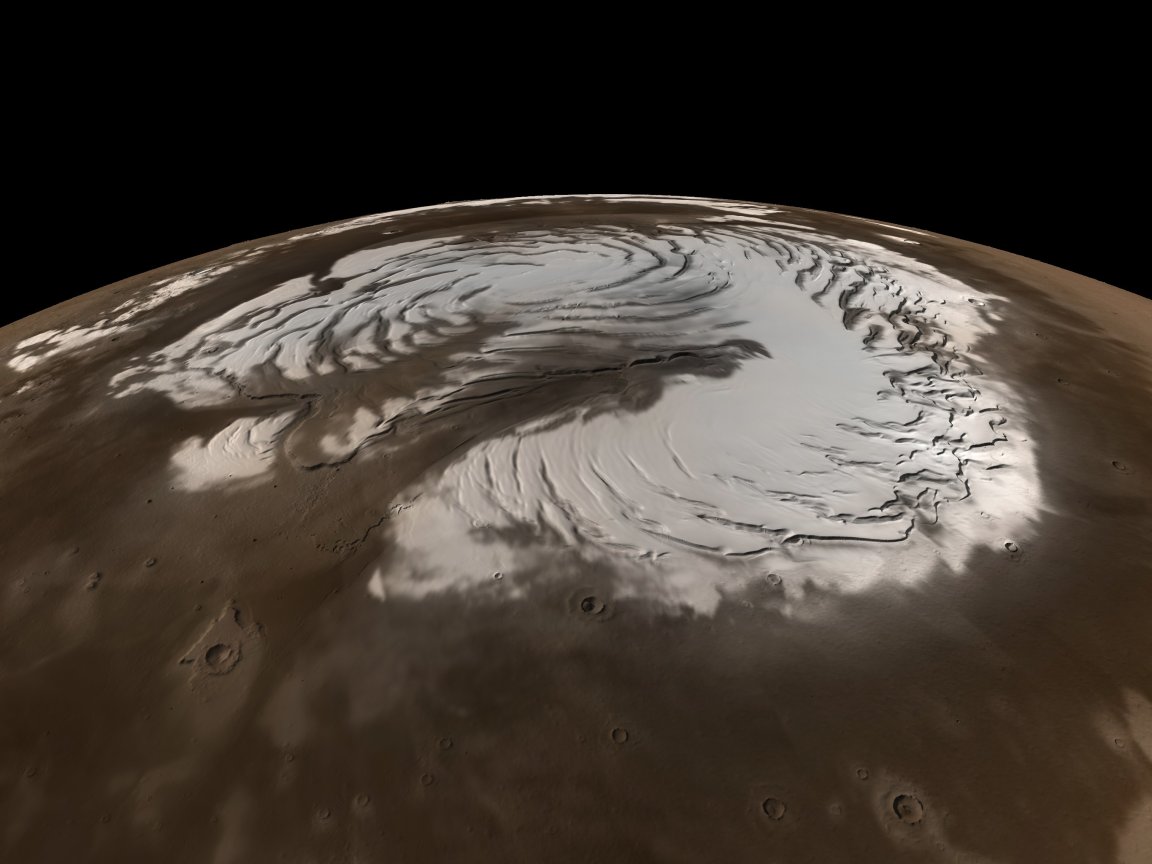
Snow on Mars
We now have evidence that Mars gets its share of snow— and that far from being only light flurries, they’re sometimes violent snowstorms.
These storms are much different from what was previously thought of the red planet’s weather, which only occurs at night and comes with intense gusts of wind. This new forecast came from a combination of data on water-ice clouds, collected by the Mars Global Surveyor and the Mars Reconnaissance Orbiter spacecraft over the years, and data gathered by NASA’s Phoenix Lander, which ventured to Mars in 2008.
“It’s the first time anyone has shown that snowstorms, or water-ice microbursts, occur presently on Mars,” said lead researcher Aymeric Spiga, a planetary scientist from the Université Pierre and Marie Curie in Paris, to New Scientist. “Any snow particles formed were thought to fall only very slowly through their own weight.”

Spiga explains that previous attempts to find snowstorms were unsuccessful because scientists were using the wrong models, or only one model at a time. Spiga and his team used “more sophisticated and fine-scale modelling,” allowing them to simulate Mars’ atmosphere in greater detail.
Many of the snowstorms will gradually come to an end before reaching the planet’s surface, but others can make it to ground level if a cloud forms closer to the surface. That said, the amount of snow isn’t enough to ski on, or even to make a decent snowman.
The way it forms, however, could have an impact on future attempts to land on the planet for colonization.
“Well, the associated winds found in the storm are rather vigorous,” explained Franck Montmessin, another member of Spiga’s team studying Mars’ atmosphere, to ResearchGate’s blog. “Since they occur in the lower part of the atmosphere, one might want to avoid these turbulent events to ensure a safe landing.”